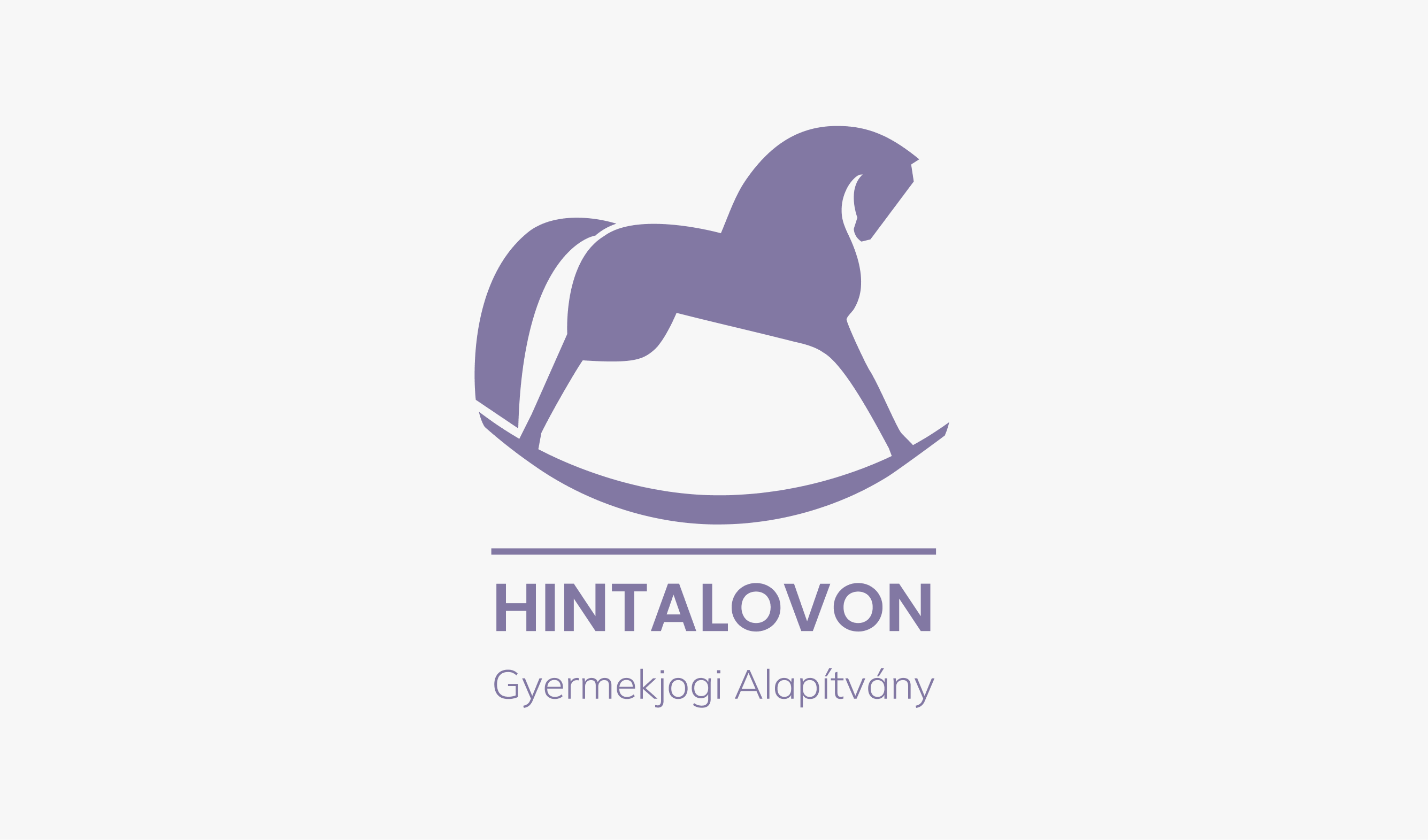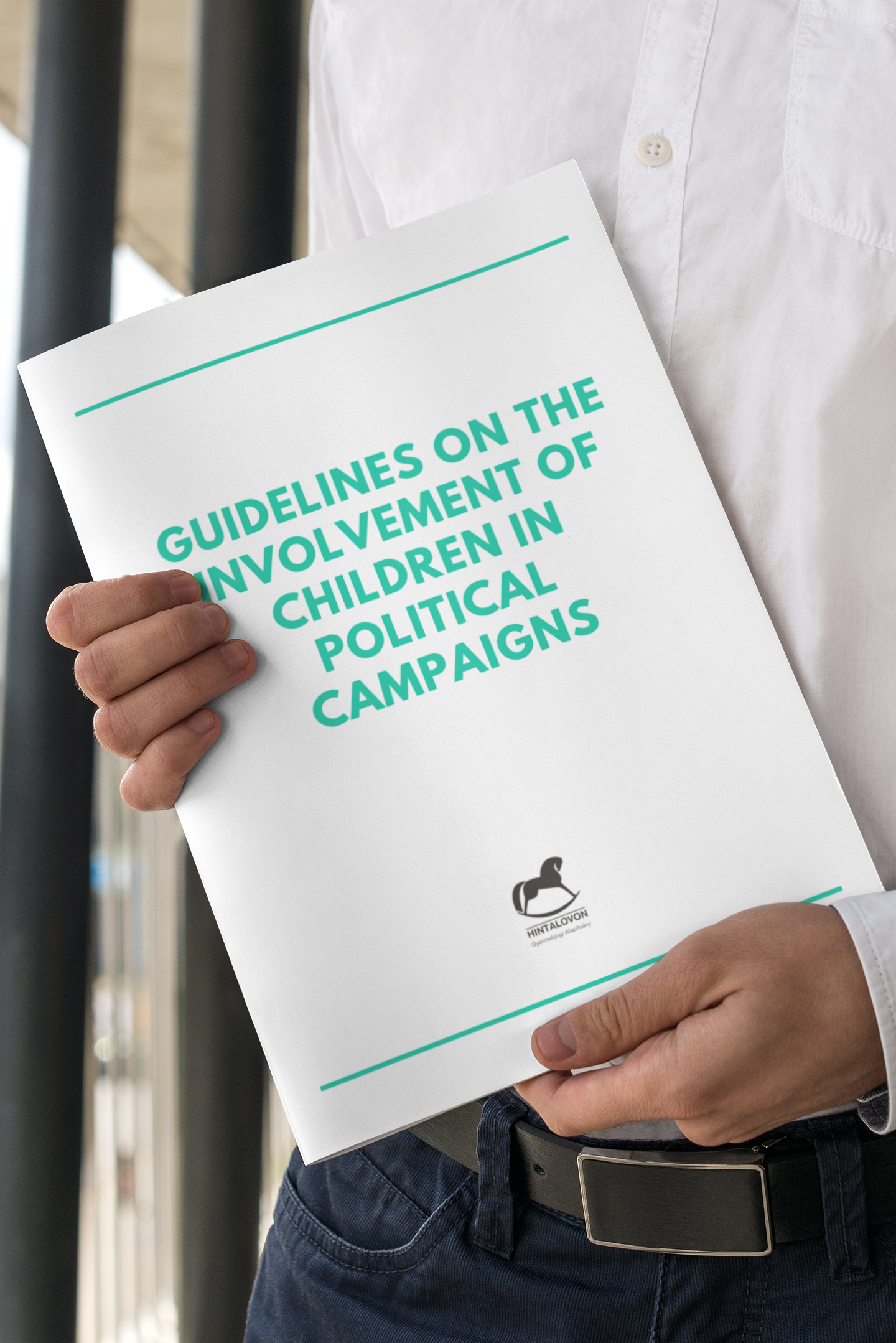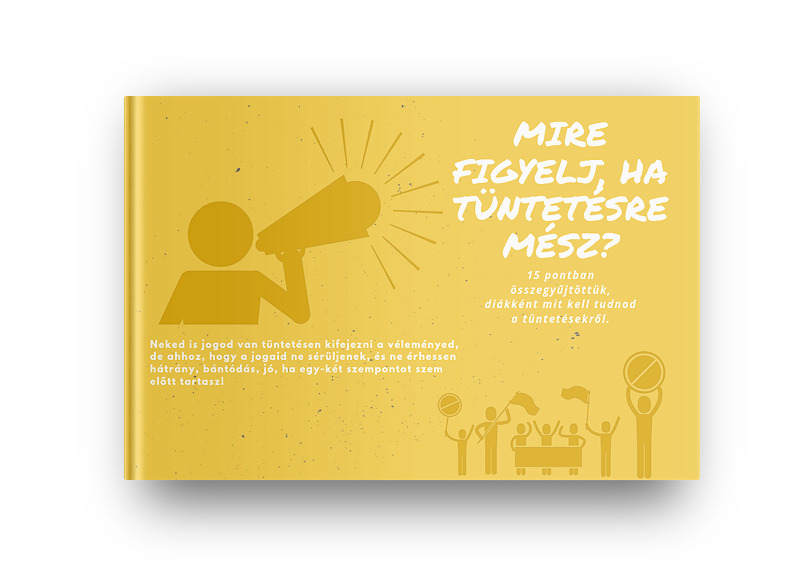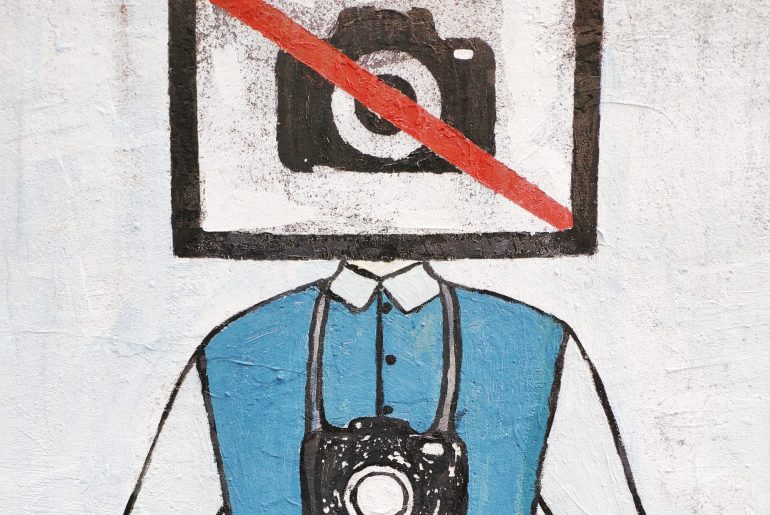What happened to children in Hungary in 2019?
According to our initial plans, this Foreword would have been about the 30th anniversary of the United Nations Convention on the Rights of the Child, the 2019 reforms of the education system and the measures taken to protect families in Hungary. However, life had its own ways.
The 2019 Report was delivered in a challenging time. Our authors finalised their submissions during the Covid-19 public health crisis of March 2020. This, as things kept worsening by the day, new light was shed on the data and information from 2019.
What is the state of the healthcare system dealing with the pandemic?
In 2019, 40% of pediatricians were above the retirement age (20% of them above 70). The number of vacant pediatrician positions rose from 89 in 2018, to 110 in 2019, meaning that except for Szabolcs-Szatmár-Bereg and Tolna counties as well as Budapest, all counties reported an increase in vacant pediatric positions. In 2019, this resulted in a situation where 72,273 children below 18 had no access to pediatric services.
The issue is not merely a quantitative, but also a qualitative problem: the „How do you see it?” study in 2019 involving 5300 where one quarter of the children (1293) shared their healthcare experiences, the majority of which were negative. Every third answer mentioned the improper behaviour of the doctor while every fourth reflected on some kind of negligence by the doctor – such as not using rubber gloves or a false diagnosis etc.
How prepared is the public healthcare system to care for the mentally ill children?
The number of institutions providing outpatient child or youth psychiatric services decreased by 17 from 2018, resulting in a 40% drop in the available weekly hours of such medical professionals. The children crisis helplines reported an average daily encounter of 3-4 suicidal crises in 2019.
What is the state of the public education system?
According to the Central Statistical Office (KSH) 4543 teacher positions were vacant in the second half of 2019. On average, a Hungarian teacher worked 56 hours weekly, and spent a surplus of 18 hours on preparation and administration at home. This was the education system that in March 2020 had to transition into digital schooling and provide quality education until the end of the school year.
How safe are children who spend most of their time at home due to the Covid-19 induced digital education?
According to the latest (2018) statistical data, every tenth child is endangered at home. Child protection statistics recorded 173 000 children as endangered, which is an increase compared to the previous year. The number of children under child protection also rose by the thousands compared to the previous year. The public as a whole has to be more responsible for these children during the crisis in 2020, as we should have been in previous years.
At the time of finalising our report, we do not yet know how the country will tackle the crisis. Nevertheless, we have already witnessed the incredible effort of our teachers and schools in their transition to digital education, as we have also seen signs of solidarity and cooperation in protecting our children and elderly. We have written and finalised our report bearing all of this in mind – in the hope that our 4 year undertaking to monitor the situation of children in Hungary is not only a remnant reflection of the past but also a lodestar for the future which helps us understand our present.











